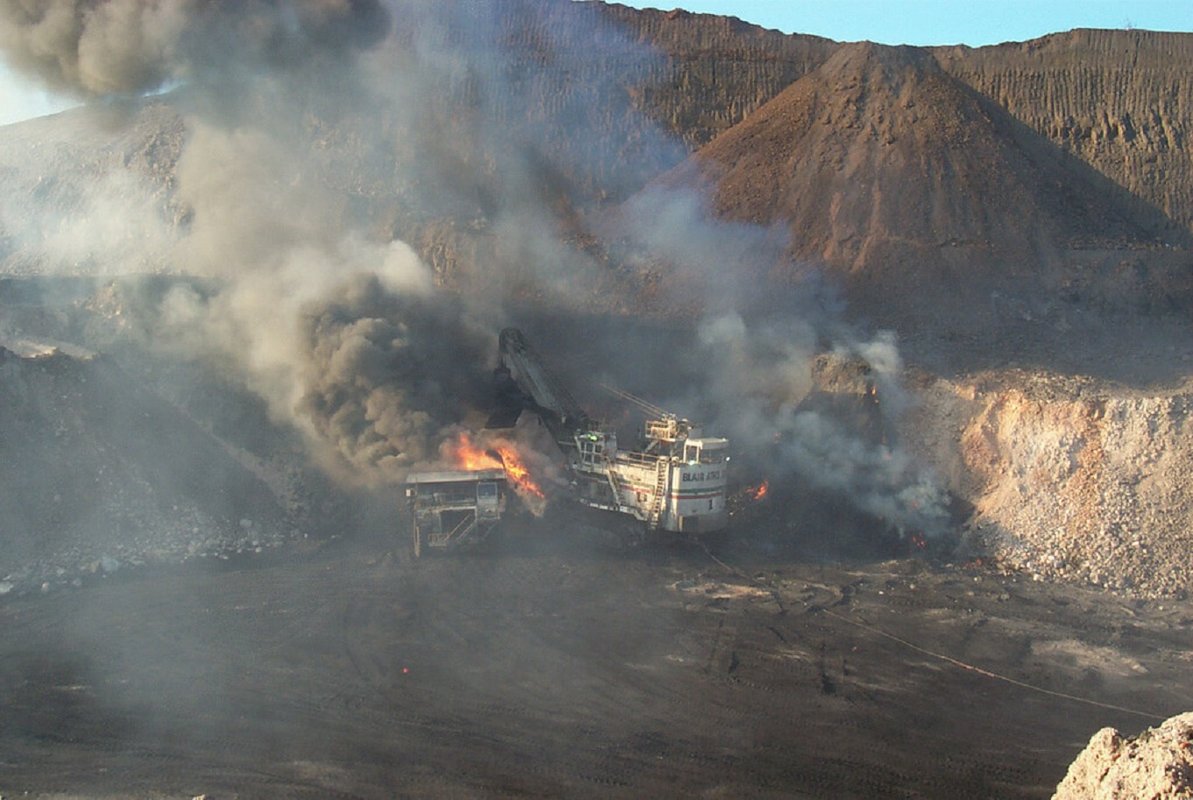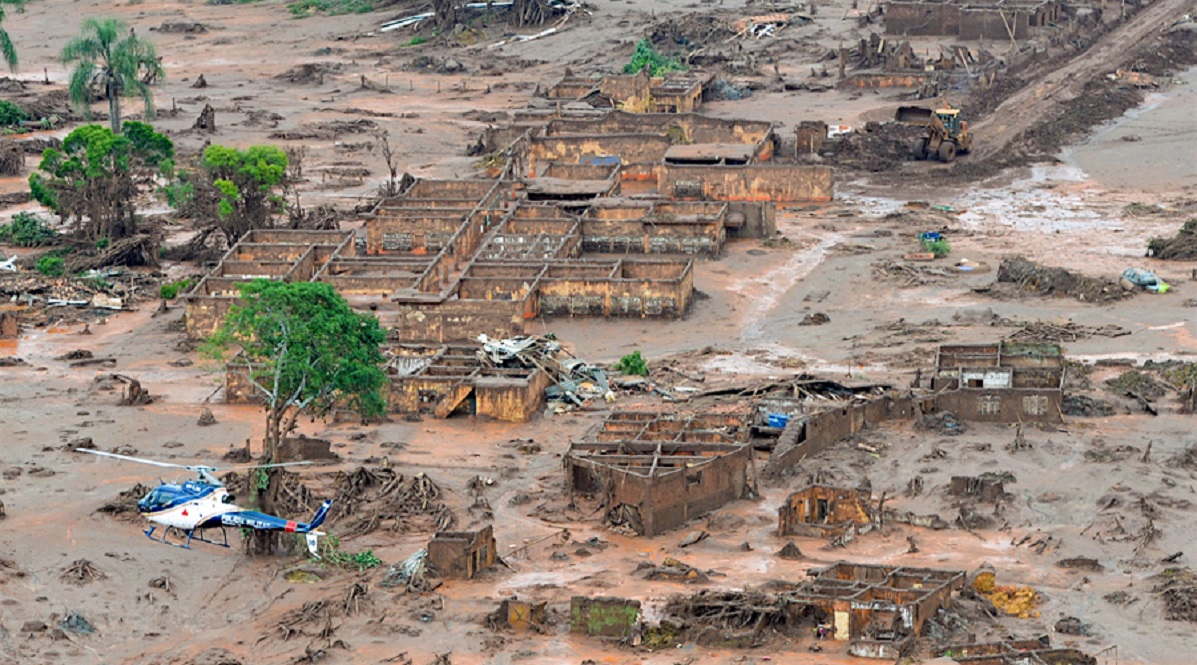
 Any fatal accident is definitely a tragedy, and if one occurs in mines, as in other fields with a high level of inherent occupational hazard risks, then it can become seriously eye-opening for those in the industry, as well as for outsiders. We now look through a list of the most heart-wrenching accidents that have happened in various mines worldwide through the years. Brazilian Mining Disaster Leaves Dozens Dead, Hundreds Missing After Waste Dam Collapses.
Any fatal accident is definitely a tragedy, and if one occurs in mines, as in other fields with a high level of inherent occupational hazard risks, then it can become seriously eye-opening for those in the industry, as well as for outsiders. We now look through a list of the most heart-wrenching accidents that have happened in various mines worldwide through the years. Brazilian Mining Disaster Leaves Dozens Dead, Hundreds Missing After Waste Dam Collapses. Mineral-rich nations, the experts concur, must make strategic policy decisions to maximize mining’s contribution to development. This would require shifting from simply extracting minerals to a broader framework that integrates policies for mining, industry, economic development and environmental protection.An action plan for achieving the AMV was adopted at the Addis Ababa meeting. It calls on governments to improve their policies, strengthen mining institutions and legal and regulatory structures, and invest in human skills and data collection to more effectively manage the sector.
Mineral-rich nations, the experts concur, must make strategic policy decisions to maximize mining’s contribution to development. This would require shifting from simply extracting minerals to a broader framework that integrates policies for mining, industry, economic development and environmental protection.An action plan for achieving the AMV was adopted at the Addis Ababa meeting. It calls on governments to improve their policies, strengthen mining institutions and legal and regulatory structures, and invest in human skills and data collection to more effectively manage the sector.